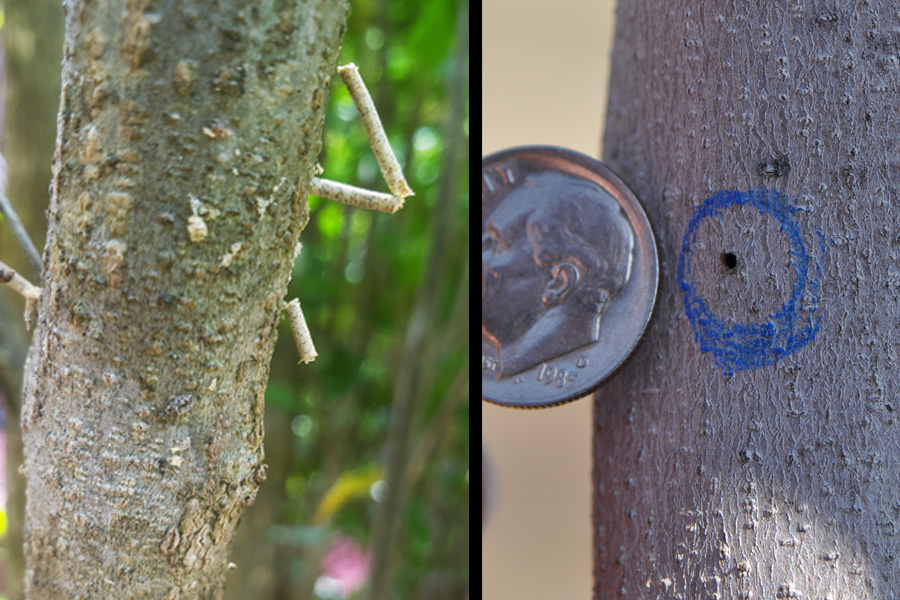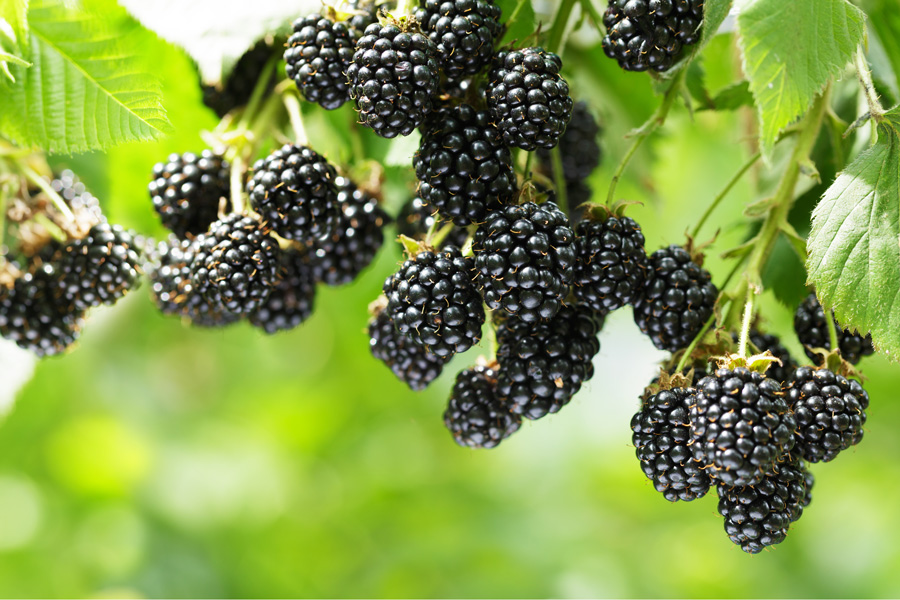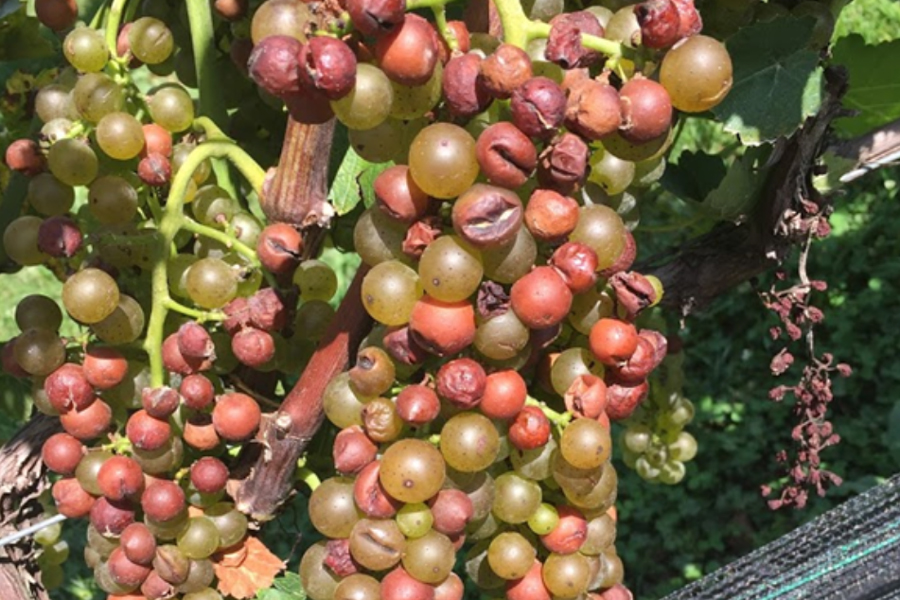Fruit, Vegetable and Ornamental Production
-

AP 130-1-12
Green Industry 2023
1. 2022 was a good year for many green industry firms, with many firms
seeing increased profits.
2. There are many unknowns going into 2023 that will impact green
industry sales, including higher inflation and interest rates, mixed signals
within the economy, and the impact of varying strength of the housing
market in Georgia.
3. Green industry sales in Georgia are projected to be similar to 2022 levels.Amanda Smith and Benjamin Campbell
|
-

This pocket field guide provides a summary of the common economically damaging species of ambrosia beetles in the Eastern and Southern U.S. It includes an easy-to-use morphological identification guide, external and internal plant-injury descriptions to help in infestation diagnosis, and trapping guidelines and protocols for researchers, Extension agents, and growers. The finished printed size of this guide is 3″ wide x 5″ high. Please contact the Publications Editor at extpublications@uga.edu to obtain a PDF suitable for commercial printing (with page bleeds).
Shimat Joseph, Brett Blaauw, Angelita Acebes, Pamela Halliday, and Alejandra Monterrosa
|
-

AP 130-1-04
2023 Fruits and Tree Nuts Outlook
1. The three major U.S. peach-producing states experienced a significant fall in production which cumulatively reduced our 2022 production by 15%. Since it is difficult to predict whether the weather and water shortage that contributed to the decrease in production will persist, chances are that the situation may improve in 2023, but not by much. 2. The significantly high price received by peach and orange producers was instrumental in maintaining a strong consumer price index in 2022. The producer price index is expected to stay strong in 2023. 3. In 2023, blueberry imports from Chile, Peru, and Mexico will continue to increase—domestic harvests only get into the market beginning mid-March, and total production is not enough to satisfy high domestic demand. 4. Georgia pecans will continue to dominate the tree-nut industry in the 2023 crop year and prices are expected to improve, especially if China increases it imports of U.S. pecans.
Esendugue Fonsah and Amanda Smith
|
-

AP 130-1-05
2023 Vegetables and Pulses Outlook
1. Although the total U.S. fresh vegetable and harvested area decreased by 7% in 2021 compared to 2020, the harvested area is expected to improve in 2023—but not enough to offset 2021. 2. Total vegetables and pulses imports were $18.6 billion in 2021, an increase of 10.2% compared to 2020. This import trend is expected in 2023 despite the supply chain disruption. 3. Production input prices will continue to fluctuate depending on the situation in the Ukraine and Russia war. It’s likely that prices will continue to escalate if the U.S. government does not come up with a contingency plan.
Esendugue Fonsah and Amanda Smith
|
-

AP 130-1-06
2023 Corn, Soybean, and Wheat Outlook
1. The Russia-Ukraine war and Mexico’s plan to ban genetically modified corn from the United States will increase uncertainty regarding corn prices. 2. The United States and the world will continue to have a tight wheat supply in 2023, supporting higher than average wheat prices. 3. The low ending stocks of U.S. soybeans indicate the need for more soybeans. Ending stocks might improve in 2023, leading to softer soybean prices.
Amanda Smith and Yangxuan Liu
|
-

This circular covers basic postharvest harvesting, handling and cold storage principles for fresh-market blackberries to ensure the highest possible shelf-life and quality while minimizing postharvest losses. Blackberries are harvested in Georgia from mid-May to August. Most varieties
grown in Georgia were developed by the University of Arkansas breeding program.
The blackberry varieties cultivated in Georgia are primarily intended for fresh market
sales and are harvested by hand, while machine harvesting can be used for
fruit that will be frozen.
Blackberries are a highly perishable fruit; since they lack both cuticles (protective
outer coverings) and carbohydrate resources, they have high respiration and
transpiration rates. Because of the fruits’ delicate skin, they cannot be cleaned
or cooled using water. The shelf life of blackberries is limited by high rates of
respiration, water loss, softening of the fruit, decay, and mechanical damage. To
slow down deterioration in quality, it is imperative to reduce the temperature of the
fruit as soon as possible after harvest.Angelos Deltsidis and Zilfina Rubio Ames
|
-

C 1212
Grape Sour Rot
Although grape sour rot can occur in drier climates, the disease complex tends to be especially problematic during wine grape ripening in wet, humid regions. Browning and disintegrating berries and the aroma of vinegar (acetic acid) are a few symptoms that characterize grape sour rot. Sour rot ultimately results in crop yield reduction as damaged berries often “shatter,” or fall off the clusters. Sorting out clusters with sour rot that are not suitable for winemaking causes a further reduction in return revenues as less wine is produced. Although it has only recently been a topic of defined research, sour rot is a prominent concern in Eastern U.S. vineyards as: (1) it is consistently observed in vineyards, particularly in white-berried cultivars; and (2) questions remain about how to best manage it, particularly with the threat of insecticide resistance development in targeted fruit flies.
Phillip Brannen, Brett Blaauw, Shane Breeden, and Sarah Lowder
|
-

Note: This publication contains data from an average of the 2020-21 and 2021-22 orange harvest seasons (exceptions noted in the chart). The commercial citrus industry in Georgia has only recently been established, with most groves planted after 2014. As of 2022, approximately 75% of the 3,300 acres of citrus planted in Georgia are satsumas, but that proportion is trending downward. To strengthen the new Georgia citrus industry, growers recently have begun to diversify their citrus varieties. Research is being conducted to determine how these varieties will perform under Georgia weather and soil conditions: which varieties can best tolerate Georgia’s winter weather, and what are the cultural norms such as maturation time, fruit quality, and insect and disease tolerance. This publication is associated with Circular 1275, the initial publication containing reference photos for the varieties tested.
Jacob Price
|
-

B 1357
Growing Bamboo in Georgia
This booklet is written in an attempt to filter through much of the available information and make a simple, user-friendly information guide on growing bamboo in Georgia, which has a wide variety of soils and temperate zones.
Svoboda Pennisi
|